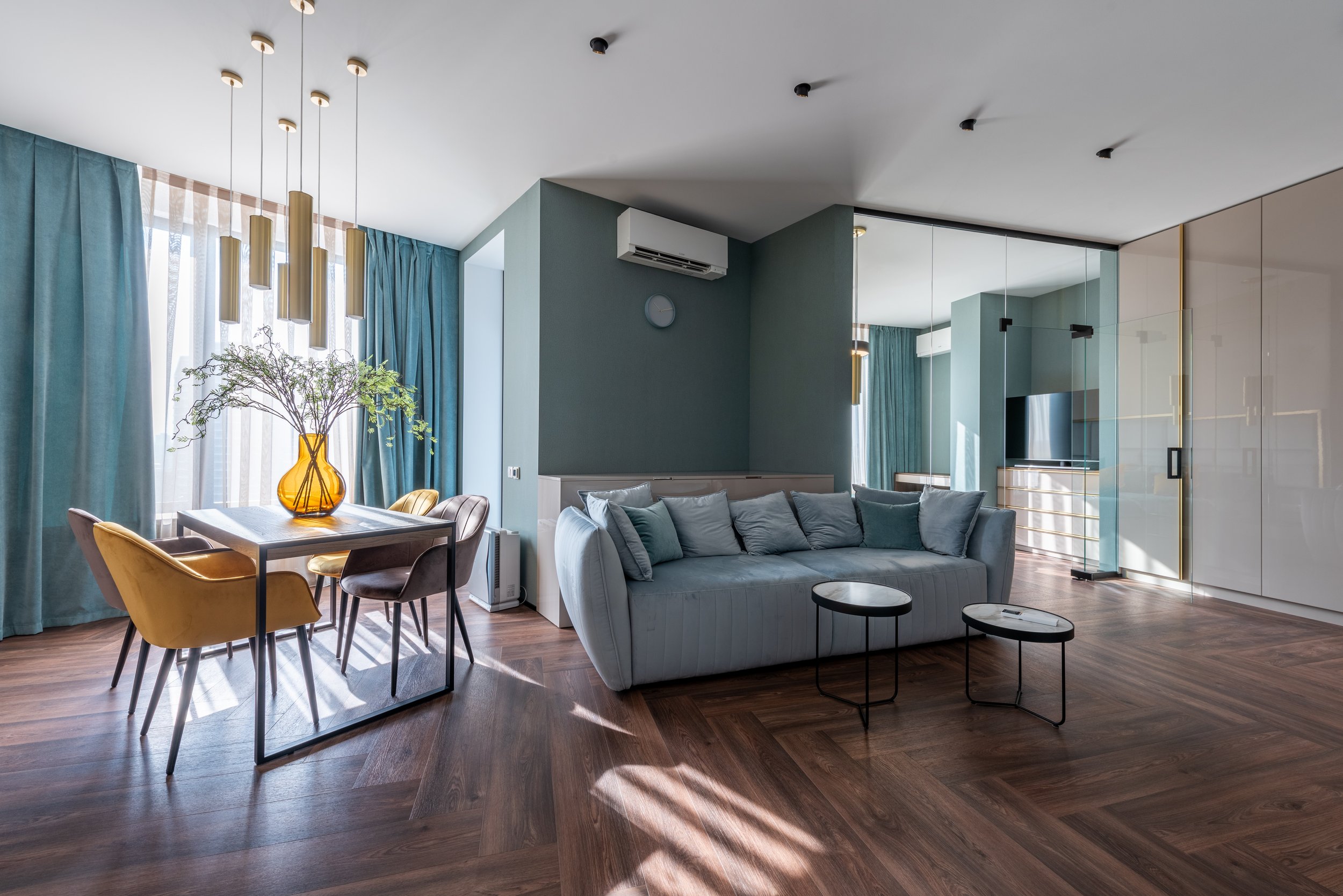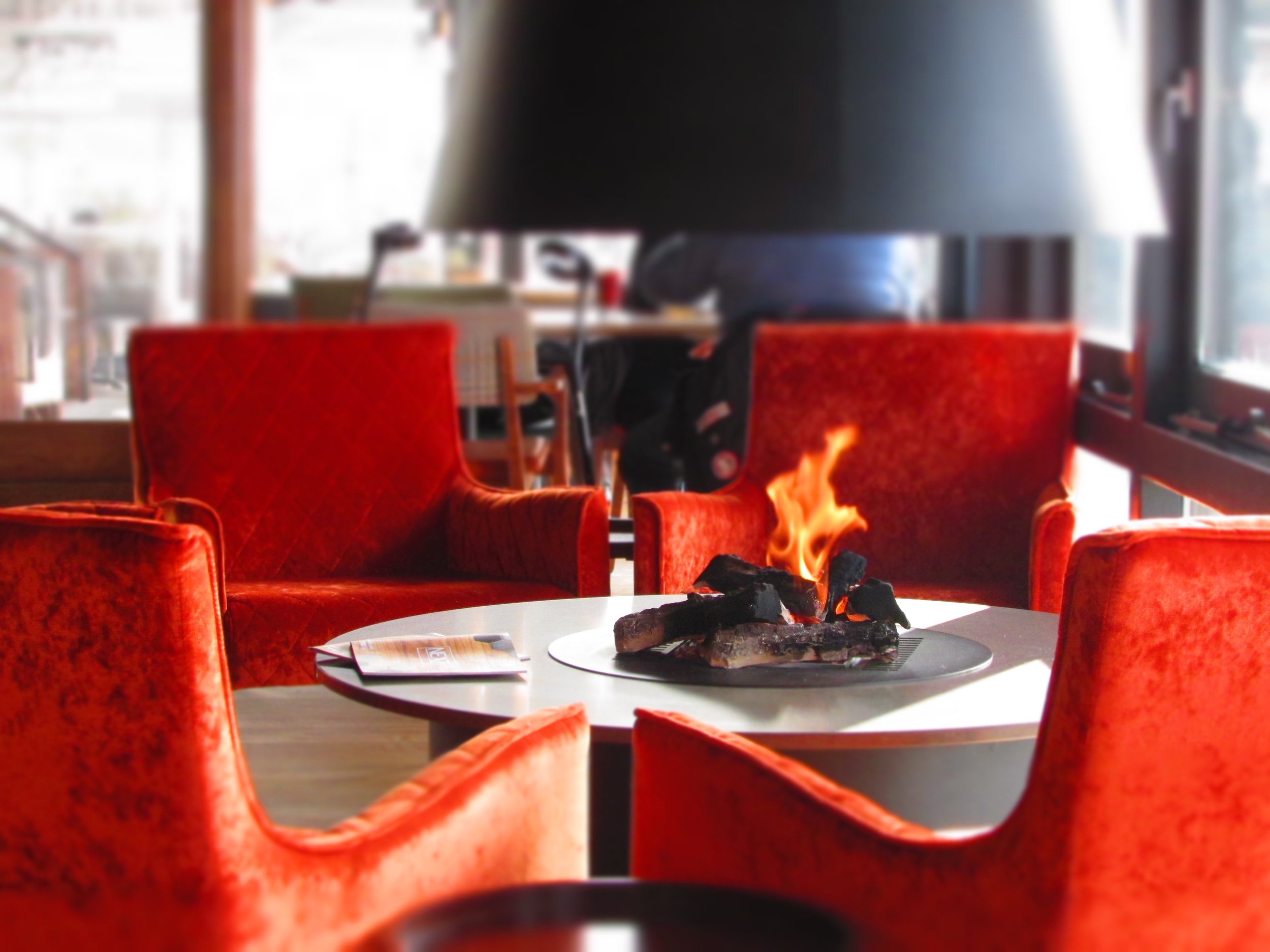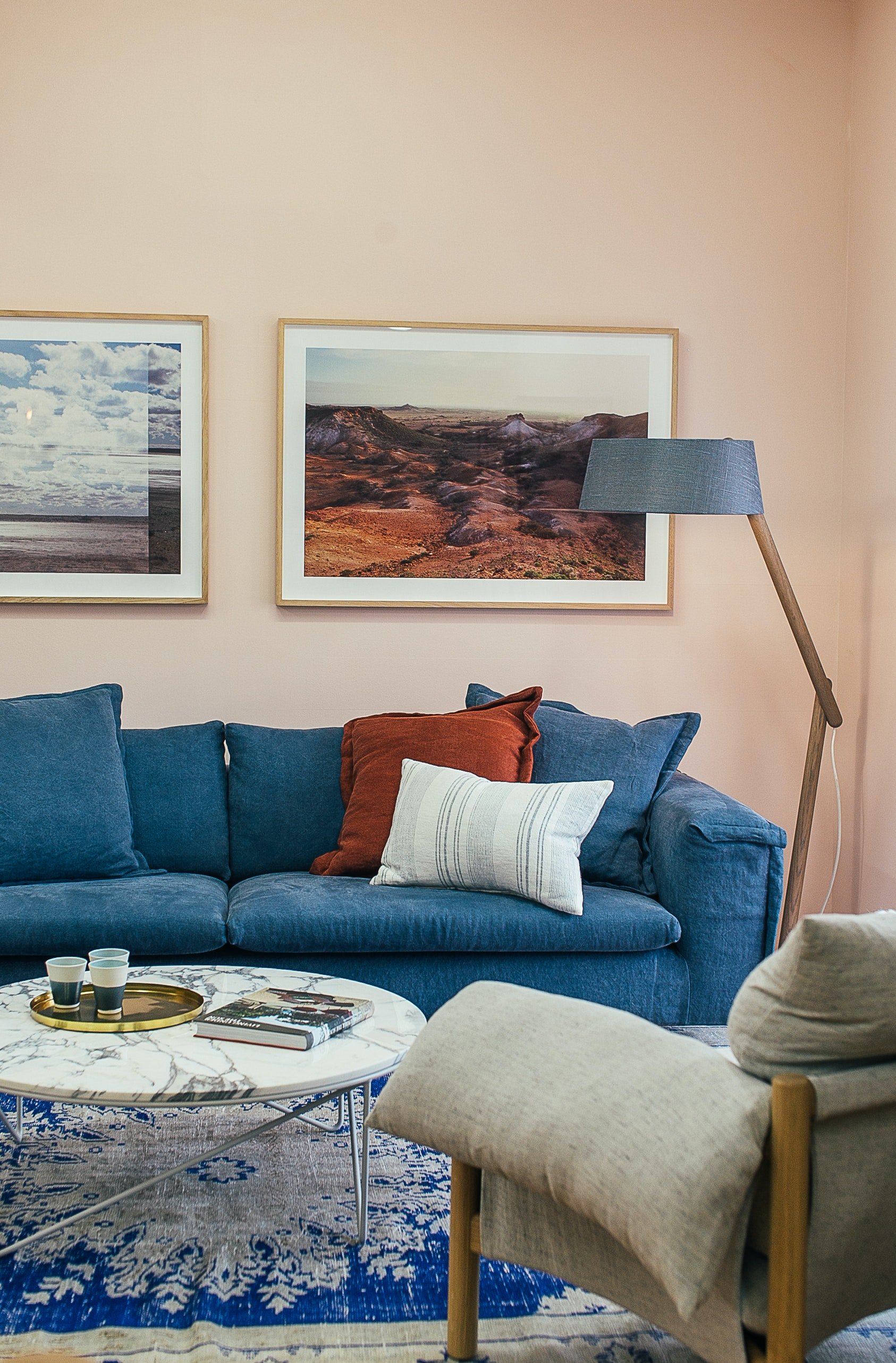Colourful Interiors to Reflect Your Personality
/This month I am pleased to welcome our monthly blog contributor Heidi Tulloch, founder and director of thoughtfully designed interiors by Studio Tulloch Do you find using colour pairing in your home tricky? To me it certainly feels like sometimes there must be an art to it! Read on to gather some fabulous advice and helpful tips from this experienced interior designer on how to use colour intentionally within your home.
Colour is a great way to reflect your personality in your home while enhancing your wellbeing. But with thousands of options out there, it can be overwhelming to find a colour scheme that works for you and your lifestyle.
Here are 5 tips to find your colour:
Listen to your gut. What colours do you like and dislike? Do you prefer brighter or muted colours? Your preferences are important and will be different to others, so be true to yourself.
What is your space being used for? Colours can have a physical and mental influence on you, and so some colours are better suited for certain functions of a room than others. For example, red is a fiery, energetic colour and works better in dining rooms for entertaining rather than in bedrooms where you want to feel relaxed before sleeping.
How do you want to feel in your space? If you want to feel cozy and snug, consider darker colours and painting the ceiling to match the walls. If you want a room to reflect nature, consider painting it a blue or green tone to blend in with nature.
Are there items in your room that will be staying? If so, consider how you can create a scheme around that item – whether to showcase it, or to blend it in. For example, if you have a certain fabric or upholstered furniture you love, you can pull colours from it. Or if you want to hide your TV, create a dark space behind it.
Consider using a limited palette. Choose three colours to create a cohesive space is interesting without being overwhelming. Of those colours, decide which will be your primary colour, your accent colour and your secondary accent colour. Then use them in proportion – the general rule is 60-30-10, so 60 percent of your room should feature your primary colour, 30 percent your accent colour and 20 percent your secondary accent colour.
When we create a home reflects ourselves, we improve our wellbeing. We can rest, rejuvenate, create memories, and simply enjoy our homes because they become an extension of who we are.
If you are interested to learn more from Studio Tulloch you can read Heidi’s latest blog posts here or follow their studio on social media here.




